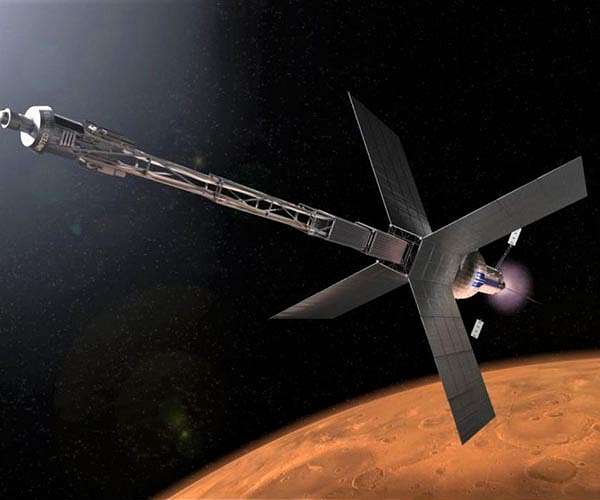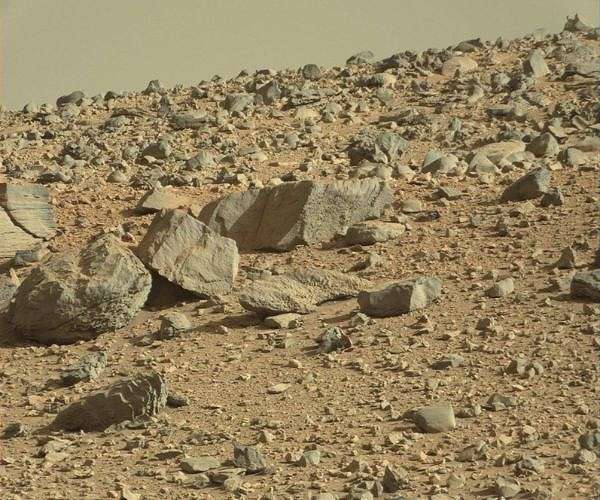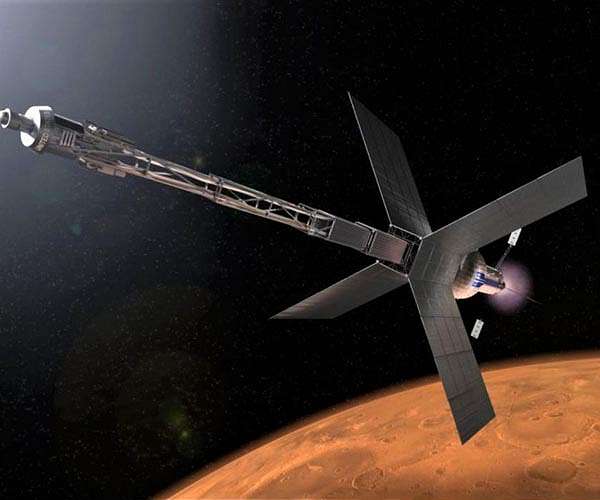UTSA leads major DOE project to advance nuclear energy research and space exploration
by Clarence Oxford
Los Angeles CA (SPX) Oct 08, 2024
The University of Texas at San Antonio (UTSA) has been chosen by the U.S. Department of Energy’s (DOE) Office of Nuclear Energy (NE) to lead a multimillion-dollar initiative aimed at driving nuclear energy research at the university. This project will not only enhance experimental data but also strengthen computational work at UTSA while offering professional training opportunities to prepare students for careers in nuclear science. UTSA will partner with a premier nuclear energy lab and collaborate with other academic institutions.
The funding is part of the DOE’s Nuclear Energy University Program’s Integrated Research Projects (IRPs), which are designed to provide research and development solutions relevant to DOE priorities. Each IRP is a three-year, multimillion-dollar initiative conducted by university-led consortia. These projects are highly competitive, and only three were awarded by the DOE NE for Fiscal Year 2024. UTSA, as the lead institution, will receive over $1.5 million of the $3 million award.
“This research will contribute to the knowledge base and understanding of novel nuclear fuels proposed to power advanced systems that will bring us all one step closer to achieving our clean energy and climate goals, while also advancing space exploration beyond our planet,” said Elizabeth Sooby, principal investigator on the project and associate professor in UTSA’s Department of Physics and Astronomy.
The project, titled “Experimental and Computational assessment of thermodynamic stability of fission products in advanced reactor fuels,” will see UTSA working with the University of Texas at El Paso (UT El Paso) and Idaho National Laboratory (INL) to study the behavior of fission products (FP) in advanced reactor fuels.
Fission products are particles that result from nuclear fission, a process where a nucleus splits to generate energy. The research will use experimental and computational approaches to explore how FPs affect the thermal and mechanical properties of uranium mononitride (UN), an advanced reactor fuel known for its high uranium density and excellent thermal conductivity.
UN is considered a promising fuel for advanced nuclear systems, including space nuclear propulsion and advanced civilian power applications, due to its potential for more efficient energy production and heat transfer.
“Nuclear reactor developers across the U.S. are proposing designs for safer, more economical, proliferation-resistant systems,” Sooby explained. “Many of these technologies require nuclear fuels that are not yet available. Additionally, as we prepare for missions to Mars, there is a growing focus on space nuclear power systems for spacecraft and habitat power.”
Since joining UTSA in 2017, Sooby has been at the forefront of materials science research focused on emerging energy technologies. She leads the university’s Extreme Environments Materials Laboratory, which investigates uranium-bearing compounds that could be used as nuclear fuels. This lab is equipped to safely synthesize, characterize, and test these compounds under conditions that simulate both normal and accident scenarios in reactors.
Sooby’s research team includes UTSA faculty members Xochitl Lopez-Lozano and Patrick Warren, along with collaborators from UT El Paso and Idaho National Laboratory. The project will also provide opportunities for two UTSA graduate students and more than 15 undergraduate students to gain hands-on experience.
“We will combine our world-class capabilities in uranium compound synthesis and testing to advance global understanding of fission product mobility in non-oxide fuels,” Sooby added. “This discovery will propel us forward by granting greater access to cleaner and more efficient forms of nuclear energy that will help us achieve our current climate and space propulsion goals.”
Related Links
UTSA Extreme Environments Materials Laboratory
Mars News and Information at MarsDaily.com
Lunar Dreams and more



